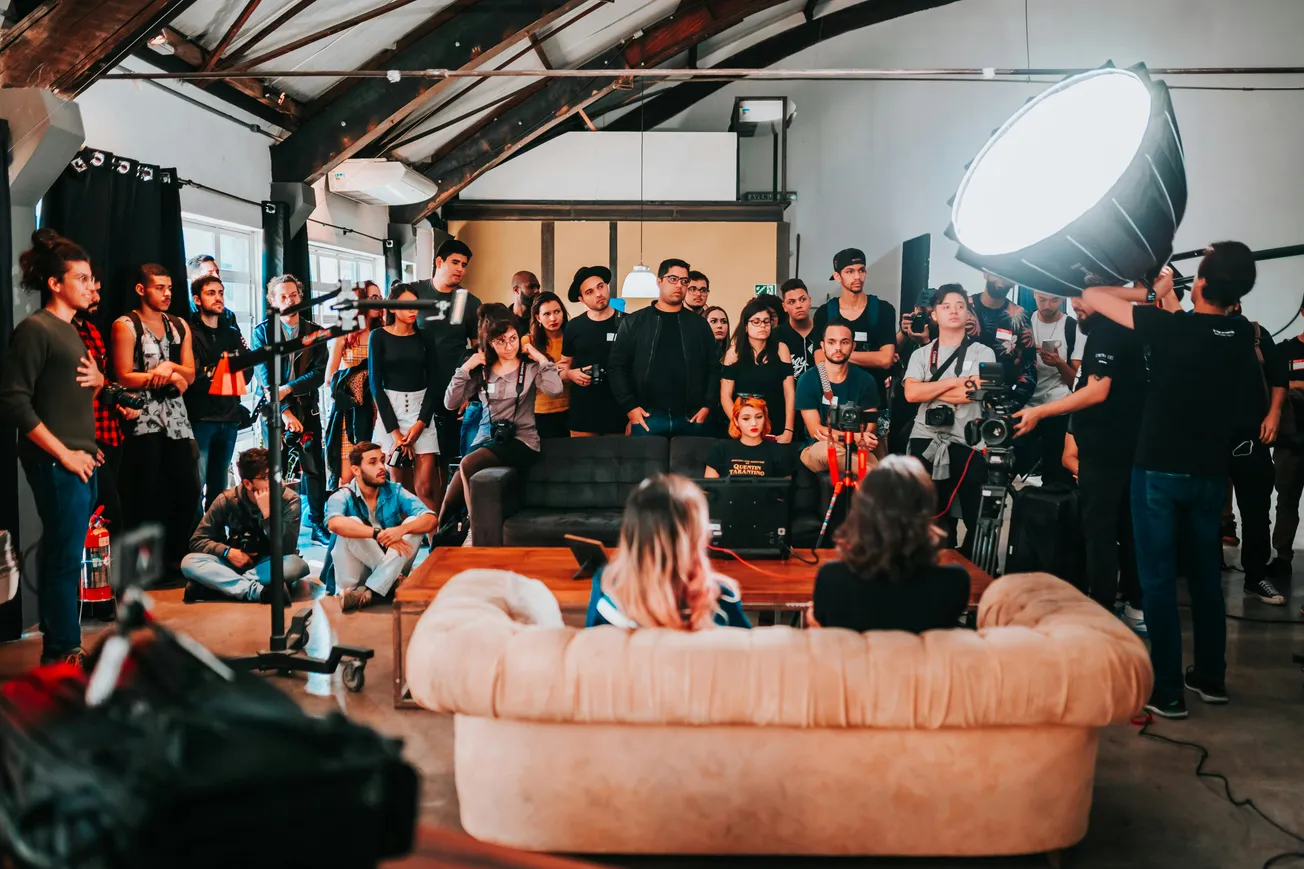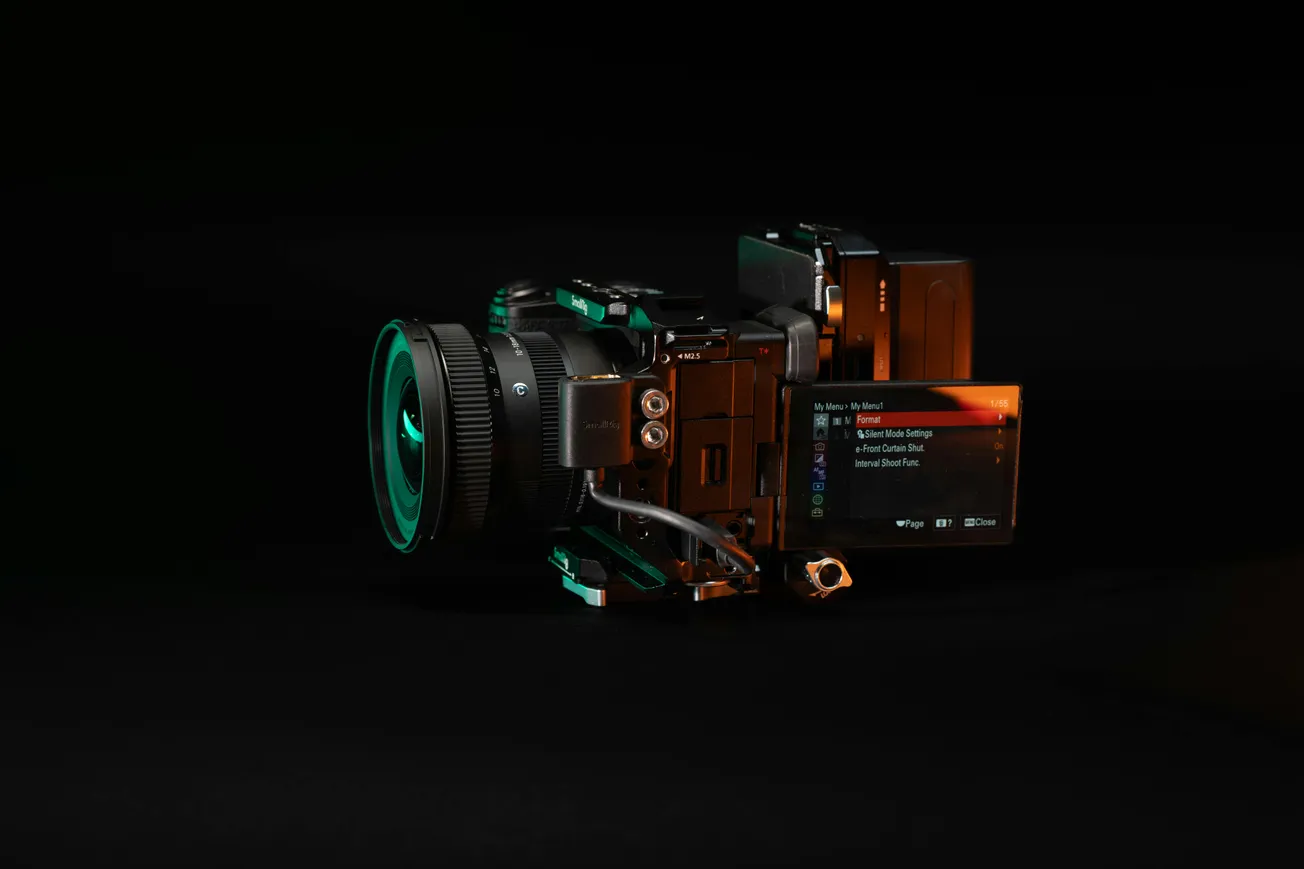Virtual conferences have become a staple for connecting global audiences, and SmartWorks’ guide explains how they work—from start to finish.
Platform & Registration
Everything hinges on a robust platform: one that supports livestreaming, on‑demand sessions, interactive chat, networking lounges and virtual exhibit halls.
Attendees typically register online, receive login credentials and access the event virtually—just as with in‑person registration.
Event Design & Engagement
Organisers craft an agenda much like an on‑site conference: keynote sessions, breakout workshops, Q&A panels, networking rooms and sponsor/exhibitor spaces. SmartWorks highlights the need for a schedule that accommodates different time zones and the flexibility of on‑demand content after the live event.
Engagement tools—polls, chat, virtual lounges—are key to keeping attendees active (not just passive viewers).
Networking & Exhibit Features
The virtual conference experience often includes dedicated “rooms” or areas for interaction: virtual lounges, one‑on‑one video chats, exhibitor booths that mirror trade‑show kiosks. This is an essential element of delivering value beyond lecture‑style sessions.
Follow‑up & On‑Demand Content
After the event, organisers typically send thank‑you emails, share recordings and solicit feedback. This improves attendee experience and extends the event’s lifespan.
Why It’s Important for Small Businesses & Creators
For creators, educators and small business content teams, virtual conferences offer a scalable format to build authority, connect with clients globally and repurpose content.
Because travel and venue costs drop dramatically, you can focus investment on quality content and engagement tools. The challenge: you must treat it like a premium production—platform, agenda and interactivity matter.









